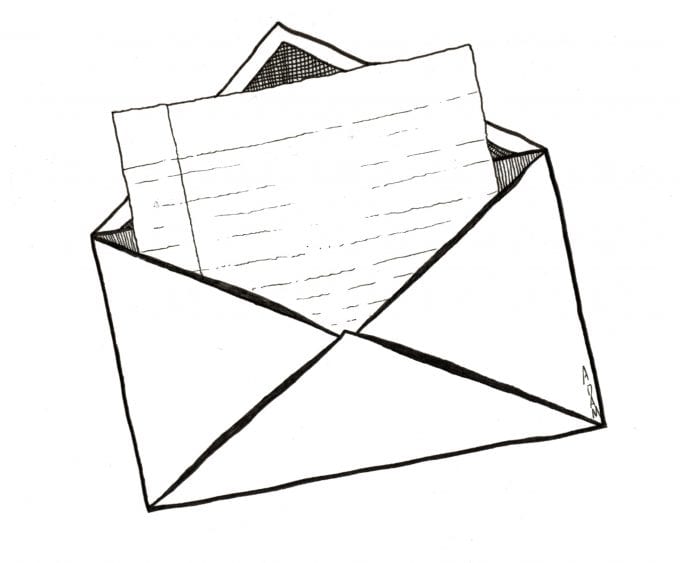If you’re reading this, it means that you have completely paid off your mortgage and are getting ready to discharge one of the largest debts known to citizens their entire lives. But how are you going to settle your mortgage in Ontario, Toronto? And if you want to know what a mortgage discharge is, then this is the resource for you. We’ll be more than happy to help you understand the concept better here in this article as well as show you what you need to know about the process of discharging a mortgage.
What Is A Mortgage Discharge?
The discharged mortgage definition is that the borrower is no longer liable to make any further payments on the loan to their home. This discharge could be due to the borrower paying the mortgage in full or having it refinanced. It can also be because the borrower files for bankruptcy.
But even after you’ve paid off your mortgage, and have met the official terms and conditions of your mortgage agreement, the lender won’t just automatically give up the rights to your property. But why is that? That’s because all that’s left is to discharge the mortgage. For that, you’ll need to pay a discharge fee to have the collateral hold on your home released. But there are a couple of steps that you need to consider first.
The Process Behind Discharging A Mortgage In Ontario

The process behind discharging a mortgage in Ontario usually involves a couple of people and some entities. Firstly, it involves you the borrower, a mortgage lender, and the provincial land or territorial title registry office. Sometimes, you will have to consult an expert on the matter like the commissioner of oaths, a notary, or an attorney.
However, the fees and processes may vary depending on the territory or province where your property is located. In many cases, you’ll find that you’ll be working with a notary or a lawyer. Some territories and provinces enable you to register the discharge by yourself. But even if you do that, you still need to have the documents signed by a professional.
Here are the steps that you need to follow in order to you discharge a mortgage in Ontario:
How To Discharge A Mortgage In Ontario

1. Ensure The Mortgage Is Completely Paid Off
If you want to be sure that you’ve made your last mortgage payment, then we suggest contacting your lender or the Toronto mortgage broker to confirm that that really is the case. If there is no such confirmation, then have a written letter requested which includes a per diem, a balance required to pay the loan off, as well as an expiration date. Once you have knowledge that the mortgage has been paid in full, then have your mortgage lender send you a letter that says it in writing.
2. Acquire A Blank Discharge Of Mortgage Document
The discharge of mortgage document is the official statement indicating that your mortgage has been paid off and you’re looking to have the loan discharged completely. The document can be acquired from a real estate attorney, your local registry of deeds, or even online. However, there’s no need for you to fill it in as it isn’t for you. Plus, you must ensure that you’re in front of a renowned and legitimate real estate attorney before with the document.
3. Contact A Real Estate Lawyer

After that, you should speak with a notarized, and well-known real estate lawyer who has to witness you completing the discharge of the mortgage document.
4. Schedule A Meeting
The next thing to do is to schedule a meeting involving yourself, the real estate attorney, and the original mortgage lender. The lender needs to fill out the paperwork, whereas the attorney should bear witness to the entire process. Once the paperwork has been taken care of, both the attorney and the lender must sign and emboss the document with their notary seal. It is highly essential for you to bring your lender’s letter telling the attorney that you’ve completely paid the mortgage off.
5. Make Copies Of Your Discharge Letter

As soon as your mortgage gets discharged officially, you’ll be given a letter that confirms it in writing. But you’re not through yet. You’ll need to make several copies of the document so you can keep it in your records. You should do this by taking the original copy to the registry of deeds, which is where the abstractor records the mortgage discharge that will then be stored in the registry. There’s a bit of a fee attached to this, but it helps more knowing that there are plenty of legal documents stating that you have officially and completely paid your mortgage off.
Tip
If the mortgage was paid off sometime in the past (even if it’s just recently), it might mean that your mortgage company has already taken care of the mortgage discharge. So before you make any attempts on applying for any mortgage discharge documentation, you need to consult with your mortgage company beforehand.
And once you’ve paid off your mortgage entirely, you can also work with Canadian loan aggregators to acquire a home equity loan, if you like. And once you’ve paid off your mortgage entirely, you can also work with Canadian loan aggregators to acquire a home equity loan, if you like. You can find additional information on loansgeeks.com.
What Is The Cost For Discharging A Mortgage?
Discharging Fees

When you make a request for mortgage discharge, you’ll be charged some fees by your lender. The amount you have to pay depends on the territorial or provincial legislation and your lender. And if the mortgage discharge tree isn’t regulated, the lenders will establish a fee of their own. This means you could be charged from nothing up to about $400.
Professional Fees
For some territories and provinces, borrowers need to work with a professional to have their mortgage discharged. These professionals could be a notary, a commissioner, or a lawyer. You might have to pay a mortgage discharge fee in Ontario, which is usually somewhere between $400 to $2,500.









